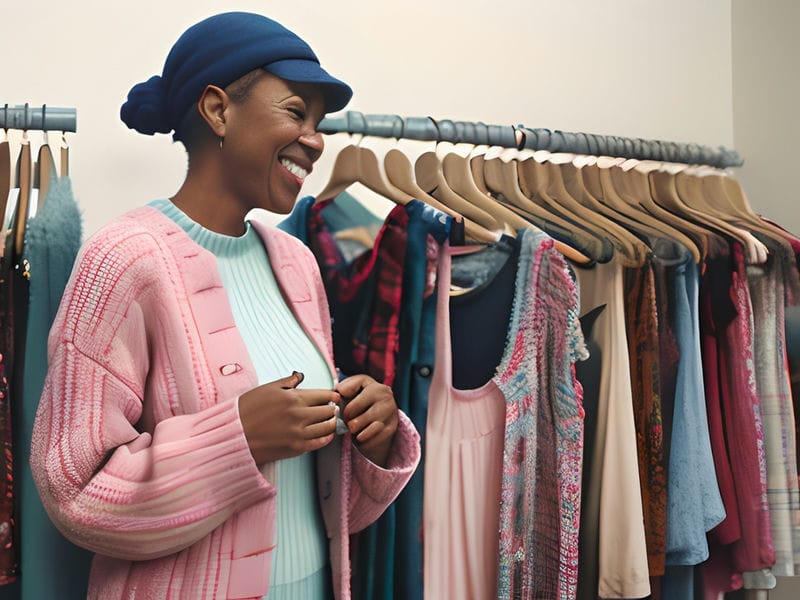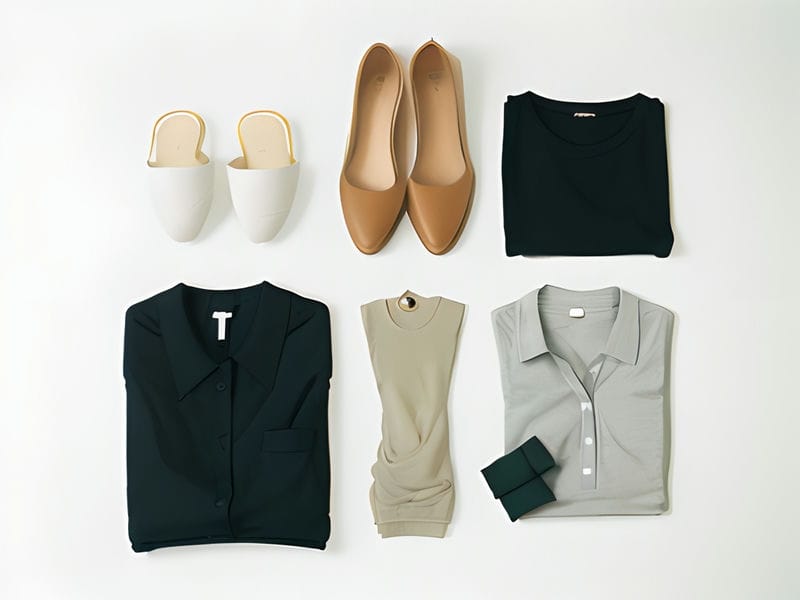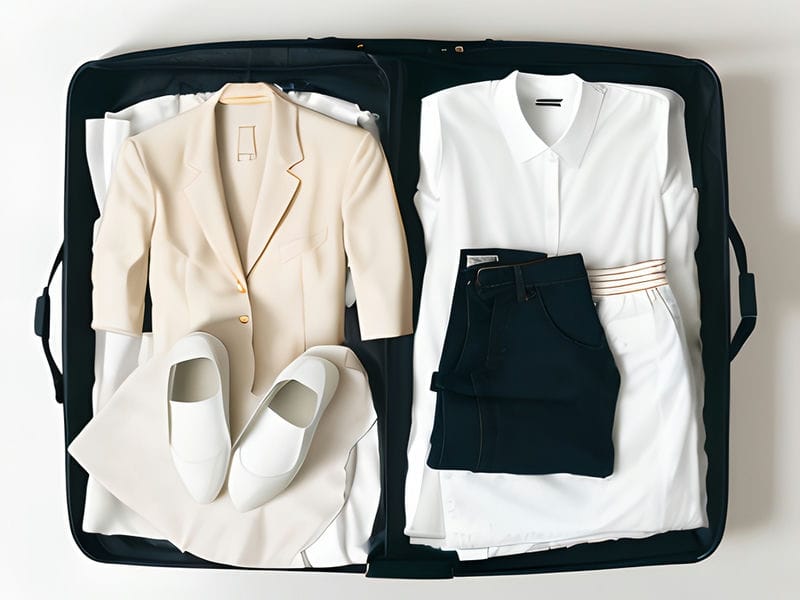The Role of Consumer Behavior in Sustainable Fashion
The impact of fast fashion on the environment and workers
Consumer behavior plays a crucial role in shaping the fashion industry, particularly when it comes to sustainable fashion. When consumers make conscious decisions about what they buy and wear, they have the power to drive positive change within the industry.
One key aspect of consumer behavior that influences sustainable fashion is purchasing habits. Consumers are becoming more aware of the environmental and social impact of their clothing choices, leading them to seek out brands that prioritize sustainability. This demand for eco-friendly and ethically-made clothing has prompted many companies to adopt more sustainable practices in their production processes.
Additionally, consumer attitudes towards fast fashion are shifting as people become more informed about the negative consequences of this model on both people and the planet. As a result, there has been a growing trend towards slow fashion, which emphasizes quality over quantity and encourages consumers to invest in timeless pieces that will last for years.
Furthermore, social media and technology have also played a significant role in influencing consumer behavior in sustainable fashion. Econyl is made from recycled ocean plastics How to Shop Second-hand for High-quality Fashion DIY Fashion. Sustainable brands prioritize transparency Sustainable Fashion Innovations Bluesign Certification. Platforms like Instagram have made it easier for consumers to discover ethical brands and connect with like-minded individuals who share their values. This sense of community has created a movement towards conscious consumption and has empowered consumers to make more informed choices about their wardrobe.
The Role of Consumer Behavior in Sustainable Fashion - Rib
- Brooke Cropped
- Style
- Combo
In conclusion, consumer behavior is a driving force behind the shift towards sustainability in the fashion industry. By making thoughtful decisions about what we buy and wear, we can support brands that align with our values and contribute to a more ethical and environmentally-friendly future for fashion.












